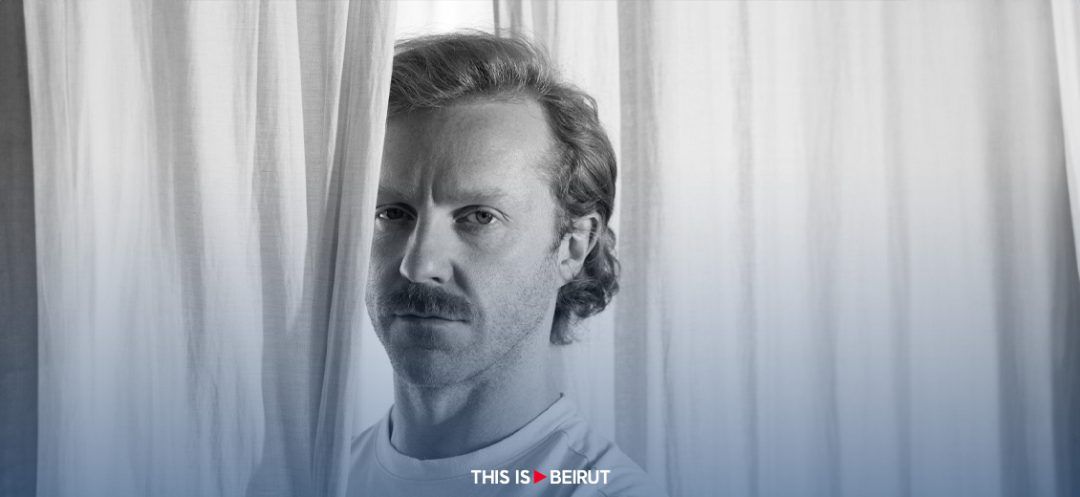
Following an almost superhuman recovery from a severe injury, ballet star Steven McRae asserts that the ballet industry must drastically improve its treatment of artists. This narrative forms the core of the forthcoming documentary A Resilient Man.
In October 2019, while performing in Manon at London's prestigious Royal Ballet, McRae experienced a career-threatening injury as his Achilles tendon ruptured, a sound he describes as horrific. The rehabilitation process was arduous; it took several months before McRae could even walk. He acknowledges his fortune in having access to the Royal Ballet's exceptional medical team, a rarity in the dance world. "In the world of dance, injuries have always been seen as a sign of weakness," McRae explained to AFP. "You're injured, you're useless. Out. Next!" His recovery required a herculean two-year effort, heavily supported by his physiotherapists, which eventually allowed him to return to the stage and regain his top physical condition. This ordeal profoundly transformed his perspective on the ballet industry.
Originally from Australia, McRae's background is quite unconventional for ballet. He is the son of a mechanic and drag-racer, raised in a family with limited financial resources to support a classical dance education. His journey to the pinnacle of ballet, culminating in a scholarship to the Royal Ballet School after winning first prize at the world’s largest dance competition in Lausanne, was fueled by sheer determination and talent. "None of it was handed to me on a silver platter, and anyone who has to fight for something then protects it," he stated. In fear of losing everything he had worked for, McRae adopted a relentless work ethic, accepting every challenge without complaint. However, the extreme demands he placed on his body took a toll, leading to reliance on painkillers to endure performances and emotional numbness post-performance. At 35, his physical state reached a breaking point with the injury to his Achilles. Reflecting on this period, McRae recognized that he was dangerously underweight and overestimated his strength. "And the culture of ballet means I was surrounded by these alien bodies... It didn't matter how small or ill I looked, there were always many more people that looked worse than me."
Now 10 kilograms heavier, thanks to muscle gained through rigorous gym training, McRae advocates for a shift in ballet's fixation on slender physiques. "The reality is our profession is a visual art form so there's a certain look that complements what we're trying to create," he conceded. Nevertheless, he criticizes the distorted standards that have evolved over time, questioning the authority dictating such norms. He also critiques ballet academies for prioritizing appearance over talent in young dancers. Despite the presence of medical staff and gym facilities, McRae observes that companies often fail to allocate time for dancers to use these resources effectively. He emphasizes the importance of integrating new insights from sports science into ballet, advocating for small, incremental changes that do not compromise the pursuit of excellence. Stephane Carrel, director of A Resilient Man, hopes the film will inspire reform in ballet. "It would be good to stop torturing children and ensure that dancing remains, above all, a pleasure," he remarked. Carrel also shared how witnessing McRae's determination reinforced his own resolve in filmmaking, stating, "Trying to get a documentary made is extremely difficult... so to see Steve's fight, it helped me a lot. I told myself: I'm not giving up."
Read more



Comments